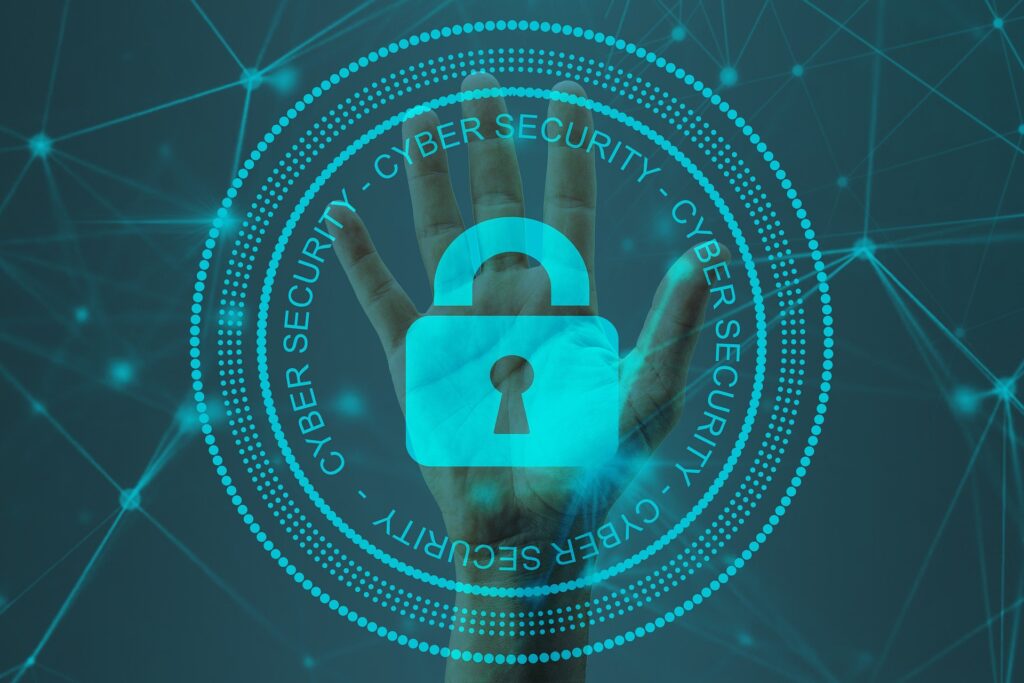Why cybersecurity is important in today’s digital world
Today’s digital world is reliant on SAP for business-critical tasks, including financial processes that can mean the difference between life or death for certain industries. SAP customers are increasingly aware of the security risks facing their SAP landscape and are looking to SAP for integrated solutions to these challenges. With the increasing complexity of cyberattacks against SAP applications, understanding what types of attacks exist is crucial to building an effective defense strategy.
“It’s no secret that SAP often holds an organization’s crown jewels and needs to be given the utmost protection. However, according to the latest research 43% of data breaches are at the application layer and we are finding that this is the greatest area of weakness,”
Understanding the Cyberattack Life Cycle Stages
SAP Cybersecurity professionals need to be aware of the entire attack cycle in order to protect SAP systems and customer data. Cybercriminals have a chain of tools available to them, which SAP security professionals will need to understand in order to protect SAP systems and SAP customer data.
A cyber-attack’s life cycle is a process that begins with an attacker gaining access to a system and culminates in the attacker extracting data from it. A complete understanding of this life cycle can help you identify, prevent, detect and respond to attacks as they happen.
The following are the lifecycle stages:
The reconnaissance stage of the cyber-attack life cycle is where the attacker gathers information about the target. This can be done through a number of methods, such as scanning for vulnerable systems or reviewing publicly available information about the target. The goal of this stage is to gather as much information as possible about the target so that the attacker can plan their attack.
The Weaponization and Delivery Stage
The weaponization and delivery stage is where the attacker takes the information they gathered in the reconnaissance stage and turns it into a tool that can be used to exploit the target. This can involve creating malware or ransomware that will infect the target’s systems, or crafting a phishing attack that will trick the target into giving up their credentials. The goal of this stage is to get the malicious payload into the target’s environment so that it can start doing damage.

The exploitation stage is where the attacker takes advantage of any vulnerabilities that they discovered in the reconnaissance stage. This can involve using the malware or ransomware that they created in the weaponization and delivery stage, or it can involve exploiting a vulnerability in the target’s systems. The goal of this stage is to take control of the target’s systems and start doing damage.
The installation stage is where the attacker installs any tools or malware that they used in the exploitation stage. This can involve installing a backdoor on the target’s systems so they can continue to access them later, or installing ransomware that will encrypt the target’s files and hold them for ransom. The goal of this stage is to make sure that the attacker has a foothold in the target’s environment so they can continue to do damage.
The command and control stage is where the attacker starts to take control of the target’s systems. This can involve installing a rootkit on the target’s systems so they can keep an eye on what the target is doing, or setting up a server to act as a proxy for sending commands to the target’s systems. The goal of this stage is to gain full control over the target’s systems so that the attacker can do whatever they want with them.
The data exfiltration stage is where the attacker starts to extract data from the target’s systems. This can involve copying files to a remote server or downloading them to a USB drive. The goal of this stage is to extract as much data from the target as possible so that the attacker can use it for their own purposes.
The final stage of the cyber-attack life cycle is where the attacker completes their attack and leaves the target’s systems. This can involve erasing their tracks so that they can’t be traced back to them, or simply exiting the target’s environment and leaving them to deal with the aftermath. The goal of this stage is to make sure that the attacker is safe and that they have what they need from the target’s systems.
Understanding SAP Cybersecurity
Understanding these threats allows SAP customers to integrate preventative measures
into their daily operations and prioritize response strategies should attacks occur. We’ve
compiled some important tools to use to keep your organization secure against today’s
threats:
1. R-Score assessment – is a valuable tool that can help organizations gauge their
preparedness to repel and recover from ransomware attacks. Assessment
scores range from 0 to 1,000, and provide users with steps to take to improve
their score.The R-Score is generated through HYCU, and evaluates an
organization in five key categories:
- backup process
- backup infrastructure
- security and networking
- restore processes
- disaster recovery
2. SAP Security Notes – SAP provides SAP Security Notes cover SAP products and
include information on how hackers break into SAP systems and APO software
as well as what SAP customers can do to protect themselves from possible
cyberattacks via SAP security updates.
3. SecurityBridge Platform – The SecurityBridge Platform is the most innovative
and complete SAP threat detection solution available for organizations running
SAP. SecurityBridge offers protection against the most sophisticated and
growing threats to SAP systems. SecurityBridge is the only solution that offers
complete coverage for all phases of the attack lifecycle, from reconnaissance to
post-exploitation.
Understanding Integrated SAP Cybersecurity
One important part of this strategy is to monitor your system for any signs of malicious activity continuously. This can be done with a real-time threat monitoring solution, which will allow you to detect and respond to threats as they happen.
Another important part of protecting your SAP environment is keeping up with the latest vulnerabilities. A vulnerability management solution can help you do this by scanning your systems for vulnerabilities and providing patch management updates.
By combining a real-time threat monitoring solution with a vulnerability management solution, you can create a comprehensive security process for your SAP environment. This integrated approach will help you to monitor your system for threats constantly and vulnerabilities, and respond quickly to any potential attacks.
Threats against SAP systems are becoming more prevalent and more sophisticated. The most effective, proven approach is to combine constant real-time threat monitoring and vulnerability management into a holistic security process’’
To learn more about how to protect your SAP environment, contact us today. We offer a range of real-time threat monitoring and vulnerability management solutions that can help you secure your business-critical data.
PHOTO CREDITS:
https://pixabay.com/images/id-4610993/
https://pixabay.com/images/id-3112539/
https://pixabay.com/images/id-3194286/



